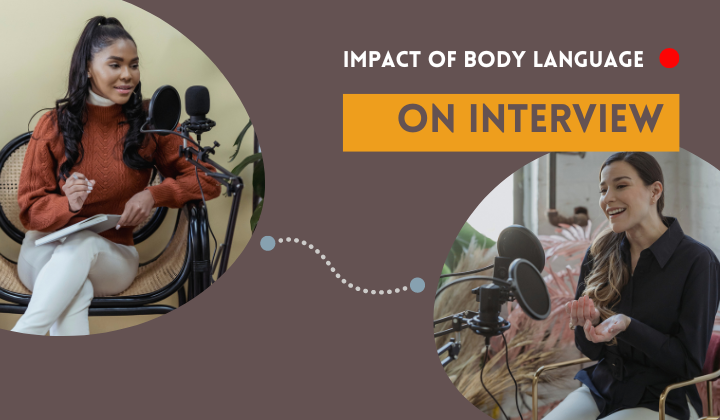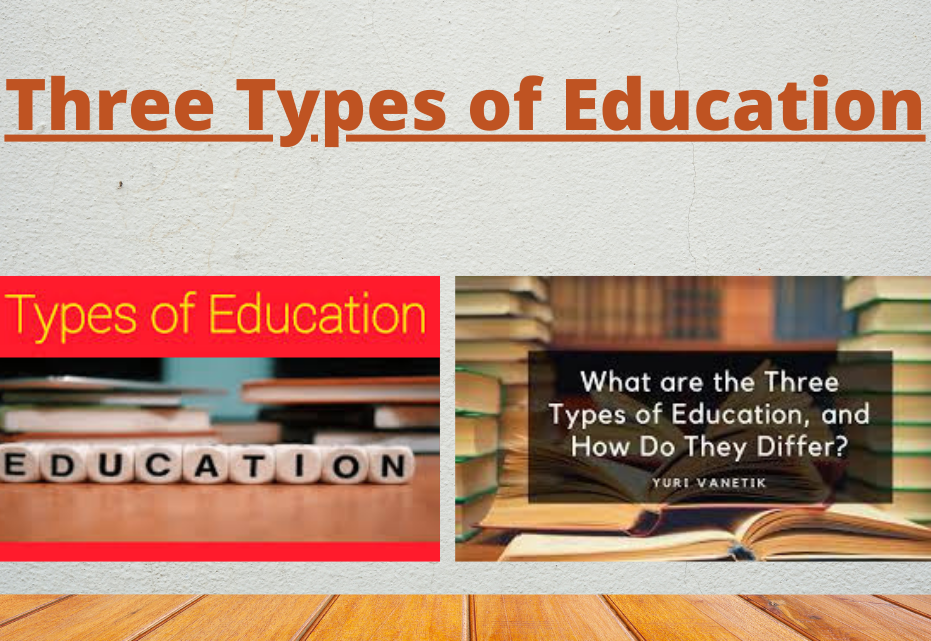In any job interview, candidates are evaluated not only based on their qualifications and responses but also through their non-verbal communication, commonly known as body language. Body language encompasses a range of cues, including gestures, facial expressions, posture, and eye contact. These non-verbal signals can significantly influence the overall impression a candidate makes on interviewers and ultimately impact the outcome of the interview. This article explores the various aspects of body language that can shape interview outcomes and offers practical tips for candidates to enhance their non-verbal communication skills.
First Impressions and Non-Verbal Communication
The saying “first impressions are lasting impressions” holds true in the context of job interviews. Before a candidate even utters a single word, interviewers are already forming opinions based on their non-verbal communication. Body language, tone of voice, and appearance are key factors that contribute to the initial assessment of a candidate.
When it comes to body language, maintaining good posture is essential. Sitting or standing up straight portrays confidence and professionalism. Slouching, on the other hand, can give the impression of disinterest or lack of engagement. Additionally, a firm handshake demonstrates assertiveness and self-assurance. A weak or limp handshake can be perceived as a lack of confidence or enthusiasm.
Eye contact is another crucial aspect of non-verbal communication. Direct and appropriate eye contact conveys attentiveness and interest in the conversation. It shows that the candidate is actively listening and engaged in the interaction. However, it is important to strike a balance as prolonged or intense eye contact can be interpreted as aggressive or uncomfortable. Being aware of cultural differences in eye contact norms is also essential for candidates interviewing for international or multicultural organizations.
Moreover, facial expressions play a significant role in forming first impressions. A warm and genuine smile can create a positive and approachable image, fostering a connection between the candidate and the interviewer. Smiling indicates openness, friendliness, and enthusiasm. Conversely, a lack of expression or inappropriate facial gestures can create a negative impression, suggesting disinterest or insincerity.
Posture and Body Positioning
Posture and body positioning are essential elements of non-verbal communication that can greatly impact interview outcomes. The way candidates carry themselves physically during an interview can convey confidence, engagement, and professionalism.
Slouching or sitting too rigidly can send negative signals to interviewers. Slouching indicates a lack of interest or enthusiasm, while sitting too rigidly may suggest nervousness or discomfort. On the other hand, sitting upright with a straight back demonstrates attentiveness and confidence. It shows that the candidate is fully present and actively engaged in the conversation. Leaning slightly forward can further enhance this impression, as it conveys interest and eagerness to participate.
Mirroring the interviewer’s posture and movements can also be beneficial in establishing rapport and a sense of connection. This technique involves subtly matching the body language of the interviewer, such as their posture, hand gestures, and even their tone of voice. Mirroring can create a subconscious sense of familiarity and trust, making the candidate appear more relatable and likable.
Hand gestures are another aspect of body language that candidates should be mindful of during an interview. Purposeful and controlled hand gestures can be used to emphasize key points or convey enthusiasm. However, it is important to strike a balance and avoid excessive or distracting movements that can take away from the content of the conversation. Using gestures sparingly and naturally can help enhance the candidate’s communication and engagement without becoming a distraction.
Eye Contact and Active Listening
Eye contact is a powerful non-verbal cue that conveys a candidate’s level of confidence, honesty, and engagement during an interview. It serves as an indicator of attentiveness and interest in the conversation, creating a connection between the candidate and the interviewer.
Maintaining appropriate eye contact demonstrates active listening and shows that the candidate is fully engaged in the discussion. It signals to the interviewer that the candidate is interested in what they have to say and values the opportunity to communicate effectively. This can positively influence the interviewer’s perception of the candidate’s communication skills and overall attentiveness.
However, it is important to strike a balance when it comes to eye contact. Prolonged or intense eye contact can be perceived as aggressive or uncomfortable, potentially creating an awkward dynamic. Different cultures may also have varying norms regarding eye contact, so candidates should be attentive to these cultural differences and adjust accordingly.
Along with eye contact, active listening is a crucial component of effective communication. Active listening involves not only hearing the words spoken but also demonstrating understanding and engagement through non-verbal cues. Nodding in agreement or to show comprehension, maintaining eye contact, and providing appropriate verbal and non-verbal responses all contribute to active listening.
By actively listening, candidates demonstrate their ability to comprehend and respond to the information presented. This showcases their communication skills and shows the interviewer that they are invested in the conversation. It also allows candidates to ask relevant questions and provide thoughtful responses, further highlighting their suitability for the role.
Cultural Considerations
Cultural considerations are crucial when it comes to body language during job interviews, especially in international or multicultural settings. Different cultures have distinct norms and interpretations of non-verbal communication, and candidates should be mindful of these differences to ensure effective cross-cultural communication.
Gestures and body language that are perfectly acceptable in one culture may be offensive or misinterpreted in another. For example, in some cultures, direct eye contact is seen as a sign of respect and attentiveness, while in others, it may be considered impolite or confrontational. Similarly, hand gestures that are commonplace in one culture may have different meanings or be offensive in another. For instance, the “OK” gesture may signify approval in some cultures but can be offensive in others.
To navigate these cultural nuances, candidates should conduct thorough research on the cultural norms of the organization or region they are interviewing for. Understanding the specific expectations and interpretations of body language can help candidates adapt their non-verbal communication accordingly. They can learn about appropriate levels of eye contact, appropriate use of gestures, and other cultural-specific cues that can impact the interview process.
In addition to research, candidates can also seek guidance from cultural experts, language instructors, or individuals familiar with the specific culture. This can provide valuable insights and practical advice on adapting body language to align with cultural expectations. Practice sessions or mock interviews can also be helpful in receiving feedback and refining non-verbal communication skills in a culturally sensitive manner.
Moreover, candidates should approach cultural differences with an open mind and a willingness to learn and adapt. Demonstrating cultural sensitivity and respect for diverse norms can leave a positive impression on interviewers, showcasing the candidate’s ability to navigate and thrive in multicultural environments.
BONUS TIPS TO ACE JOB INTERVIEWS
Want to conquer job interviews like a pro? Look no further than Interview Experts! Our interview Coaching is here to transform your interview skills and help you land the job of your dreams. Gain the competitive edge you need with our comprehensive Interview Bootcamp covering everything from resume optimization to mastering tough interview questions. Get ready to showcase your talents and unlock a world of career opportunities. Join Interview Experts today and take your interview skills to new heights.
Conclusion
Body language serves as a powerful communication tool during interviews, influencing interview outcomes in various ways. Understanding the impact of non-verbal cues and consciously working to enhance body language skills can significantly improve a candidate’s chances of success.
First impressions are formed within seconds of a meeting, and body language plays a crucial role in shaping those impressions. Maintaining good posture, offering a firm handshake, and making appropriate eye contact convey confidence and professionalism. Facial expressions and gestures also contribute to the overall impression a candidate makes on interviewers.
Seeking interview preparation services from a certified interview coach is recommended if you’re still confused about how to prepare for job interviews. These coaches offer personalized guidance, and industry-specific insights, and conduct mock interviews to improve your performance and boost your confidence. Their expertise can give you a competitive edge and increase your chances of success in securing desirable job offers.
More Blogs:
what is non-advanced education
6 Ways a Lawyer Can Help You Uncover Financial Compensation
Car accident attorney Los Angeles CZ.LAW










